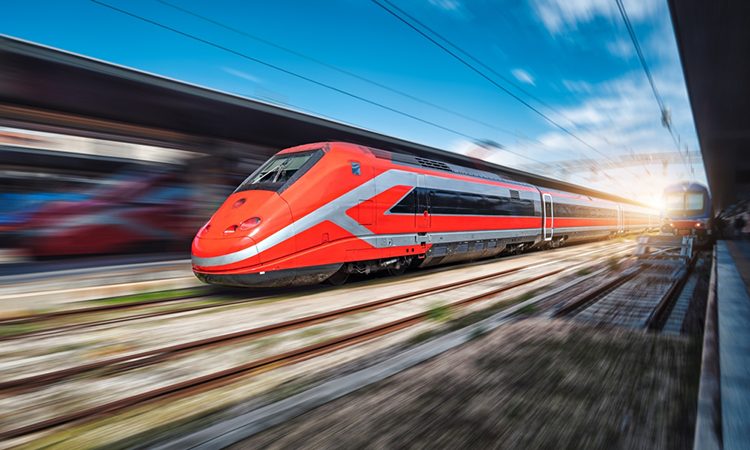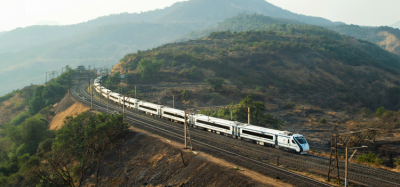ALLRAIL calls for stronger EU rail oversight to maximise infrastructure investments
Posted: 19 November 2024 | Global Railway Review | No comments yet
ALLRAIL advocates for increased EU funding and resources for rail oversight bodies, arguing that open competition on rail infrastructure is key to avoiding costly, underused “white elephants.”


ALLRAIL has announced that the European Commission is preparing its Multiannual Financial Framework (MFF) proposal, which will include the Connecting Europe Facility (CEF 3) to support various infrastructure projects across the EU. While the initiative is widely supported, stakeholders stress the need to ensure that taxpayer-funded infrastructure projects are well-utilised and do not become “white elephants”- underused assets that yield little public benefit.
ALLRAIL supports funding new rail infrastructure but cautions against investing in projects without adequate market demand. The group believes that maximising infrastructure usage can only be achieved through open access and competition. Nick Brooks, Secretary General of ALLRAIL, argues that only by allowing multiple operators to use these networks can Europe ensure that infrastructure investments achieve their intended impact.
According to ALLRAIL, Spain’s high-speed rail network offers a prime example of how competition can increase infrastructure use. Supported by EU funding, Spain’s network initially struggled to attract sufficient passengers for years after construction. However, following the introduction of intramodal competition in 2021, usage increased significantly, transforming previously underutilised assets into active, popular services. This shift highlights the potential of competitive models to revitalise costly infrastructure.
To replicate Spain’s success across the EU, ALLRAIL suggests empowering EU rail institutions, such as the European Commission’s Transport Directorate (DG MOVE) and the EU Agency for Railways (ERA), with more resources to oversee and implement open-access policies on CEF-funded projects. Currently, these institutions are underfunded relative to their aviation counterparts. For example, DG MOVE’s aviation staff numbers are estimated to be three to four times greater than its rail staff, and the ERA’s budget is significantly lower than that of the European Union Aviation Safety Agency (EASA).
Nick Brooks said: “In the next MFF, DG MOVE and ERA must receive the resources needed to ensure that CEF-funded rail infrastructure achieves its full potential, avoiding costly ‘white elephants’.”
As the EU Commission moves forward with budget discussions, the hope is that lessons from past projects, like Spain’s high-speed rail transformation, will guide funding priorities, ensuring that public investments deliver strong returns by serving more customers across Europe.






